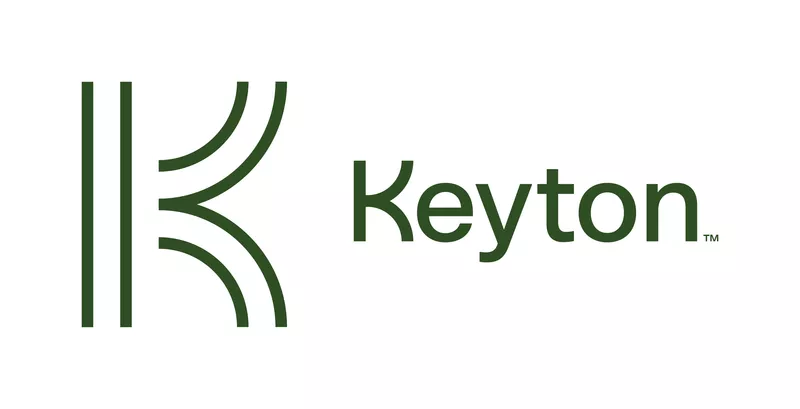
We explain the costs you need to consider when it comes time to sell your retirement village home.
In retirement villages, residents buy and sell their homes in a similar way to the traditional property market. But what you pay to buy and sell your home depends on your contract type.
And when it comes time to sell your retirement home, there are cost considerations for putting your home on the market.
Deciding your selling price
If you decide to sell, depending on your contract type, you can work with the village sales team to settle on the best listing price for your home. Like other real estate, prices vary depending on your home’s size, type, style, condition and position.
While you can choose any real estate agent to sell your home, our sales teams are experts in selling retirement village properties. We’re here to help you get the best price for your home, which is why so many residents choose to sell with us. Depending on your contract terms, we may charge a selling fee.
Preparing your home for sale
Depending on your contract type, when you move out of your village home, you may need to pay the cost of a basic reinstatement. This is to account for any wear and tear and usually involves:
New carpet
Painting throughout
Servicing appliances
Comprehensive cleaning.
A basic reinstatement can help your home sell quickly. For example, reinstating a 2-bedroom, 1-bathroom home might cost between $8,000 and $12,000 for a shorter occupation, or up to $18,000 and $25,000 if the resident lived there for a long period of time. Please note that the cost of reinstatement is always dependent on the home's condition and the state you live in. We can manage this work for you to ensure it meets strict quality standards.
But, sometimes the sale price and market appetite may improve if more than a basic reinstatement is undertaken. A more comprehensive refurbishment might include a bathroom or kitchen renovation.
We can work with you to help you decide what level of work is most appropriate for your home. But whether you stick with a basic reinstatement or choose a more extensive refurbishment is entirely up to you.
The proceeds of selling your home
The amount of money you keep from selling your retirement village home depends on the contract you sign when you move into the village. In some cases, you’ll share in any capital gains after paying contractual fees. In other cases, you’ll get your ingoing price or refundable contribution (less any contractual deductions) instead of any capital gains on the market sale of your home.
To understand how this will work for you, it’s important to speak with your village manager, who can explain the options for your preferred home.
As a general guide, here are our main contract options and how they work when selling your retirement home.
Deferred management fee (with capital gain)
When you buy into a village under the traditional deferred management fee (DMF) contract, you’ll sell your home at market value and receive the proceeds of the sale price minus the following costs:
The DMF (on your resale price)
Selling costs
Legal fees
Reinstatement costs
Long-term maintenance fund fee (if applicable)
Once these costs are paid, you’ll receive the rest of the market-value sale price for your home (subject to any other deductions under the residence contract such as outstanding service fees).
Deferred management fee (without capital gain)
When you buy into a village under the deferred management fee (DMF) without capital gain contract, you’ll sell your home at market value without receiving any capital gain or bearing any capital loss. You’ll need to pay for the following when you sell your home:
The DMF (on your ingoing price)
Long-term maintenance fund fee (if applicable)
Once these costs are paid, you’ll receive the rest of the ingoing price for your home. If your home hasn’t sold within 6 months of vacant possession, we’ll buy it back for your ingoing price minus the contractual fees.
In this model, you don’t need to worry about selling costs, legal fees or reinstatement costs. However, you will need to pay the costs of rectifying any accelerated wear and tear or deliberate damage to your home.
Prepaid plan
When you buy into a village under the prepaid plan contract, you’ll sell your home at market value and receive the proceeds of the sale price, minus the following costs:
Selling costs
Legal fees
Reinstatement costs
Once all these costs are paid, you’ll receive the rest of the market-value sale price for your home (subject to any other deductions under the residence contract such as outstanding service fees).
In this model, you pay your management fees upfront, so you don’t have to worry about it when you move out.
Refundable contribution
When you buy into a village under the refundable contribution contract, you don’t need to worry about the costs and process of selling your home. Within 60 days of your contract ending and vacant possession of the home being provided, we’ll give back the refundable contribution you made when you moved in, minus the non-refundable establishment fee.
You don’t need to worry about deferred management fees, selling costs, legal fees, reinstatement costs or long-term maintenance fund fees.
If your home has accelerated wear and tear or deliberate damage, you’ll need to pay to rectify this.
It’s about more than property
There are many things to consider when making the move to retirement living. While selling your retirement home can be less profitable than buying and selling in the traditional property market, retirement living is more than a property investment.
It’s an investment in a vibrant, easy-living lifestyle with access to:
Recreational facilities
Social outings
Events and activities
Wellness initiatives.
And the best thing is you’ll say goodbye to the high costs of maintaining a large family home.
With retirement living, you’ll enjoy the benefits of a vibrant lifestyle with built-in safety, security, support, community and peace of mind. Something money alone can't buy.
For more information about the lifestyle and support offered at our retirement villages, call our customer service team on 1800 550 550.
If you think your family or friends might enjoy this article, please share it with them.
This article should not be construed as legal or financial advice and purchasers should make and rely on their own enquiries. Refer to residence contracts and disclosure documents for full details on each contract type. Contract types vary across villages, and some contract options may not be available at strata or purple title villages.
Related Stories




